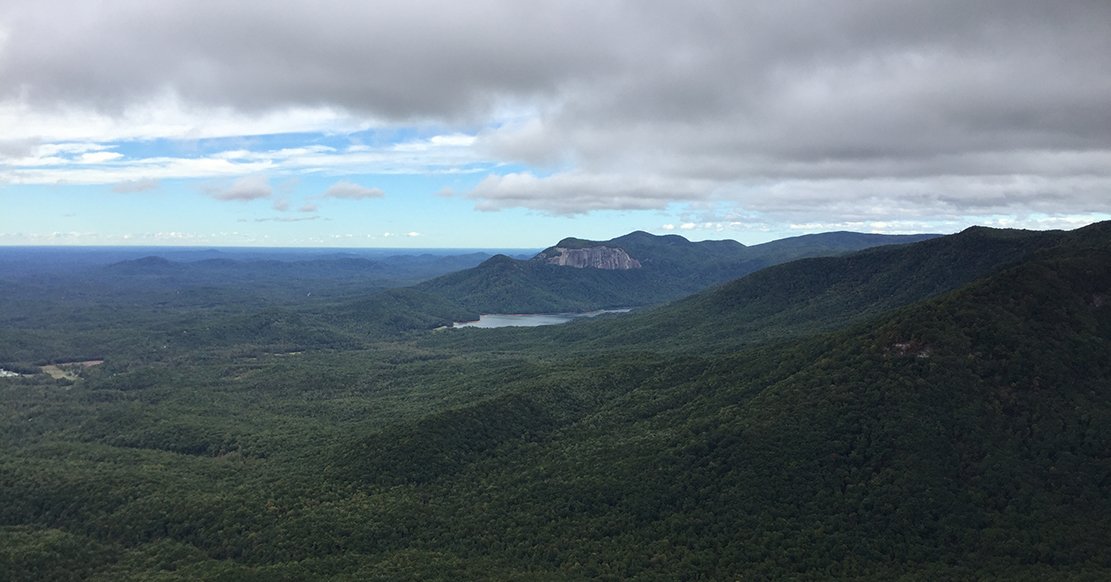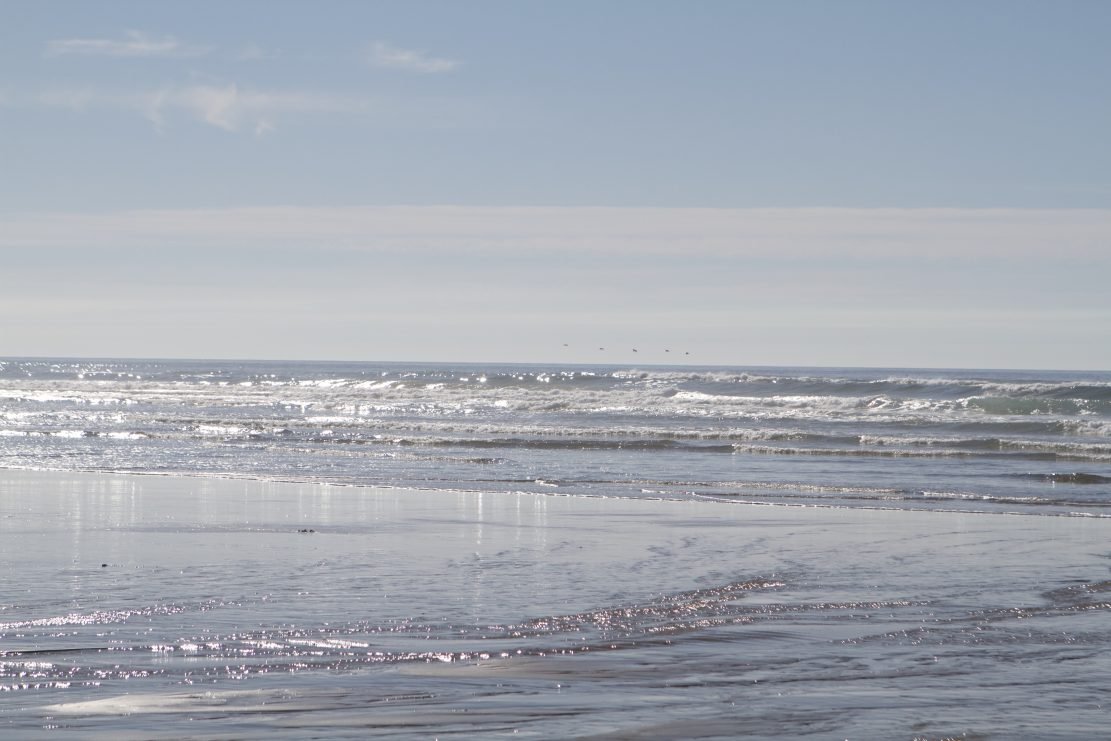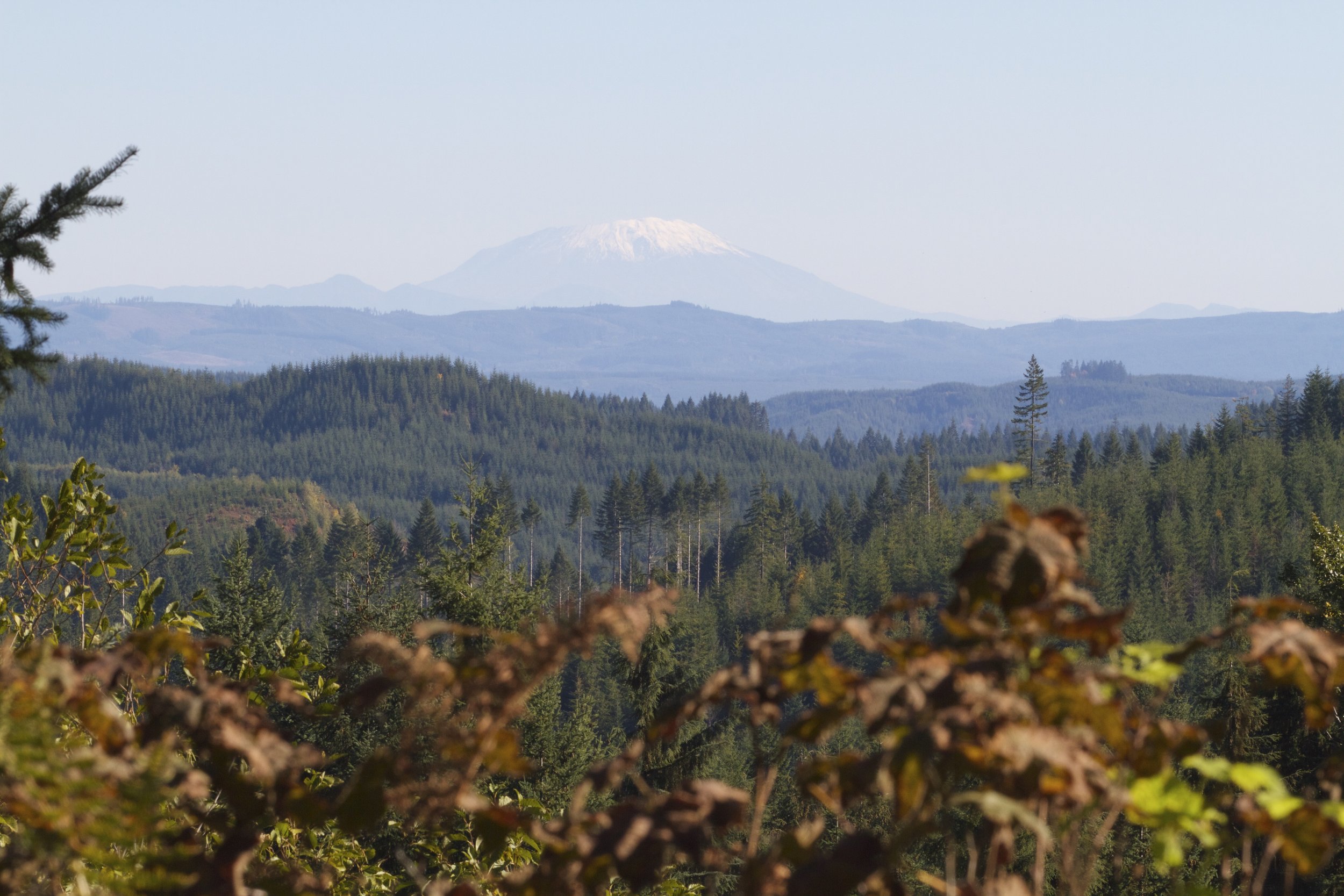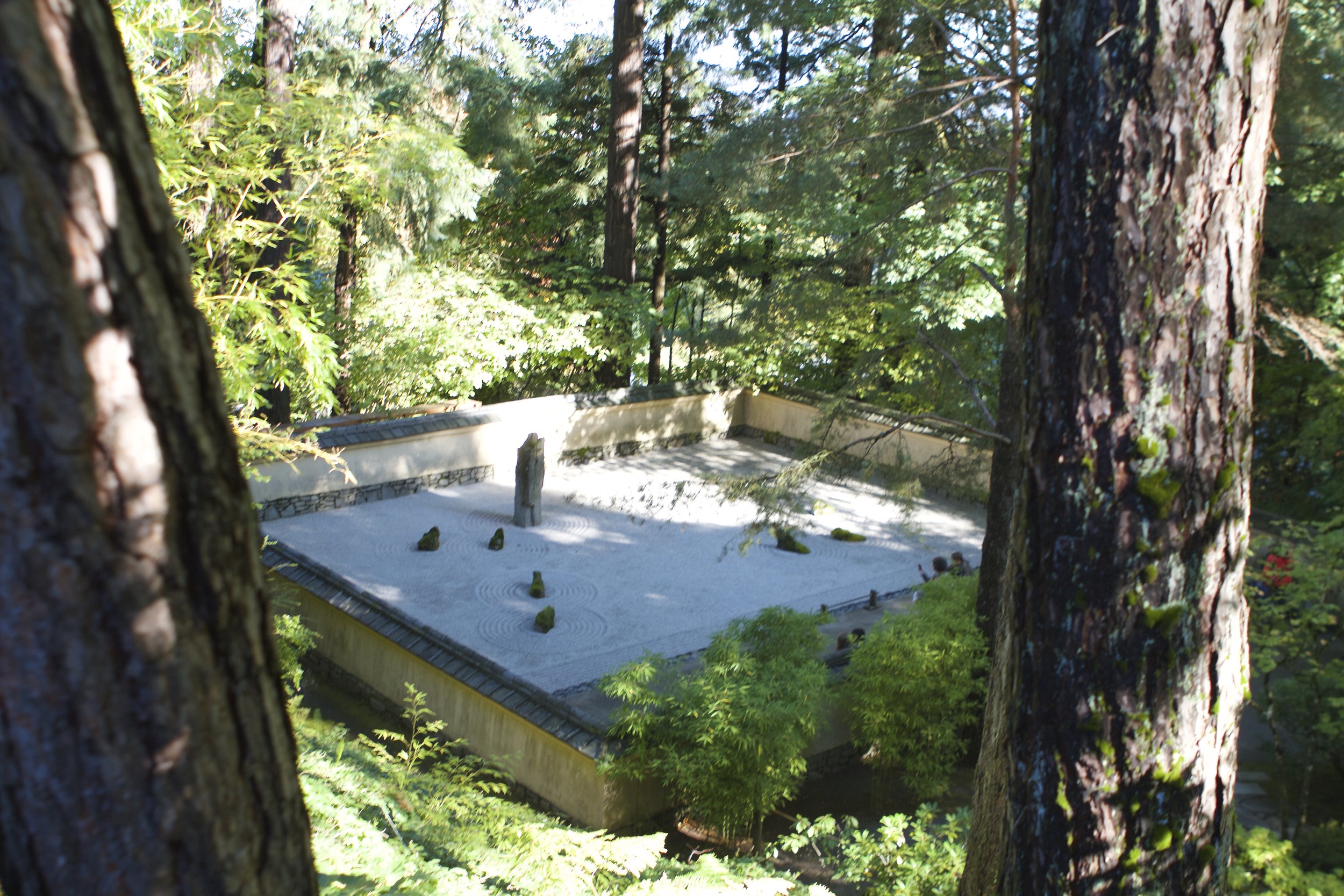Mindfulness Book Club: Jon Kabat-Zinn PART TWO
We have discussed Part One of the book Wherever You Go, There You Are by Jon Kabat- Zinn. Today we will be discussing Part Two: The Heart of Practice, in an informal Q&A.
Similar to our last book club post, this will be one of our longer letters. If you are reading the book too, please feel free to join our conversation in the comment section at the end of the letter. Thank you to those who joined in for Part One. We look forward to sharing with you.
[wc_divider style="dashed" line="single" margin_top="" margin_bottom=""]
Mindfulness Book Club PART TWO: The Heart of Practice
Which meditation did you respond to the most; the mountain, the lake, walking, standing or lying down? Why?
TINA:
“Mountains are the place of visions, where one can touch the panoramic scale of the natural world and its intersection with life’s fragile but tenacious rootings.” (pg. 135). Mountains have always had a special place in my life. Having grown up in the midwest with the plains all around, seeing the mountains on family road trips was always awe inspiring. I still seek that experience today. Meditating with an image of a mountain I have hiked helps remind me of my own inner strength in moments of stress and uncertainty. The mountain remains strong despite the stormy weather that surrounds it. I appreciate his question on the “TRY THIS:” section of this chapter; “Can you see the mountain in others, and allow them their own shape and form, each mountain uniquely itself?”. I am beginning to see that meditation is not simply inner work for myself, but also outer work as I encounter a variety of personalities throughout my day. As Gandhi said “Be the change that you wish to see in the world”. I hope I can do that.
LAURA:
I responded to both the walking meditation as well as lying down, but I will share my experience with lying down as it is newer to me. I usually do this meditation in the morning when I wake up. It is the most lovely way to lean into my day, but I will admit I have fallen back asleep while doing it! I loved the physical “body scanning” where you breathe in and pay attention to different parts of your physical being. It allowed me to really feel my “aliveness” and appreciate all the cells and tissues of my body working together. This is something I don’t often think much about.
There is also an emotional connection to each region of the body that can be found in this meditation. JKZ says this connection is hardly recognized today like it was "in the old days” where there were rituals and elders who helped in honoring our emotional body. I found this thought provoking on many levels and think it warrants a deeper conversation. We carry so much emotional baggage around with us that we may not even be aware of which affects our physical being. Meditation has the ability to shed a light on them. JKZ believes that “in order to continue growing, we need to continuously activate, listen to, and learn from our emotional body.” (p.154)
"What lies behind us and what lies before us are tiny matters compared to what lies within us.”
~Oliver Wendell Holmes
Both of us responded to the "Loving Kindness Meditation." Say a bit more about why.
TINA:
I was intrigued by this notion that the Dalai Lama was not familiar with the term “low self-esteem” and that he was saddened to learn what that meant (pg. 163). How often we just throw that phrase around, especially in education! How can Americans “carry deep feelings of self-loathing and inadequacy?” (pg 163). The mass media of terrible news can lead us to feeling guilty and sad about the current political and cultural state of America. However, we can change that. That’s the best part about our country right? Plus, there are hundreds of amazing acts of kindness every day that are not reported on. Imagine how amazing it would feel if every person was treated with JKZ’s advice on directing love and kindness towards people around you. I really appreciate what he says about children “If you have children, hold them in your mind’s eye and in your heart, visualizing their essential selves, wishing them well, that they not suffer needlessly, that they come to know their true way in the world, that they may experience love and acceptance in their life….this can be said of our partners, spouses, siblings, parents and SELF”. Imagine a world where we wished for happiness to Every. Single. Person.
LAURA:
I loved this meditation! JKZ said, "We resonate with each other’s sorrows because we are interconnected. Being whole and simultaneously part of a larger whole, we can change the world simply by changing ourselves.” (p.162) Often I find myself focusing on others or the planet, so the focus has been outward. This practice allows for both inner and outer reflection so I tried going inward this time. I consciously held my own well-being in awareness and wished myself well, which felt really nice actually.
A few examples I tried were:
“May I know wisdom & clarity"
"May I be free from ignorance”
"May I be happy"
I use affirmations in my life, but this felt different for some reason. I felt truly present and open to myself and appreciated the feeling of acceptance that came over me. I truly believe like JKZ said, "If I become a center of love and kindness in this moment, then in a perhaps small but hardly insignificant way, the world now has a nucleus of love and kindness it lacked the moment before. This benefits me as well as others.” JKZ (p.162)
Imagine the world we could create if everyone felt a little love for themselves each day?
What is the "right" way to practice? (pp. 127-130)
TINA:
“Why not trust your experience in this moment just as you would trust your foot to find a way to keep you balanced as you move over rocks?” (pg. 129). This quote puts me at ease. While I am meditating I often find myself straining to focus, which doesn’t feel good. I now recognize I feel stress because I am always judging myself for not doing this “right”. However, what I have realized is that I actually have excellent focus. I focus and meditate during many parts of my day that are not a formal sitting-in-a-chair method. I fully listen to my child tell me a story about his day, draw and create intricate things in my studio, watch a bird soar on the thermals, notice a beautiful object along my morning walking commute, deep breath while driving over the bridge to work while the sun comes up, etc. These moments of awareness are meditation, I just never recognized it as such. I am now trying to bring these natural moments of focus to my formal meditation. This is new understanding so will have to let you know if this helps me to relax a bit more into my morning meditations.
LAURA:
I love the idea of contemplating “what is my way?” Would we know our way if we could have it? If we knew ahead of time where we were going would we choose to go there, or would it make a mess of our lives? I feel like there is a lot of focus on goal setting and needing to know where you are going.
JKZ says,
"The intention here is to remain open to not knowing, perhaps allowing yourself to come to the point of admitting, “I don’t know,” and then experimenting with relaxing a bit into this not knowing instead of condemning yourself for it. After all, in this moment, it may be an accurate statement of how things are for you.” (p.133)
This helped me think of life as an adventure and reminded me once again of the beauty of the present moment. I am easing into the grace and adventure of the unknown, letting go of preconceived notions of where I where I will end up.
Other thoughts we are pondering from Part TWO...
TINA:
I appreciated the chapter titled “What to Do with Your Hands” and what he had to say about body language (mudras). “Various subtle energy pathways in the body have been mapped out, understood, and used in particular ways in the yogic and meditative traditions for millennia” (page 112). I am interested in further research on this and grateful my yoga studio offers classes in this. However, in the meantime I have been paying attention to what my hands are doing during peaceful and stressful times. When confronted with a difficult situation or person I want to try the prayer hands he suggested on page 114. I wonder what someone would think when they saw this gesture? Would it not only change my reaction, but also theirs?
LAURA:
I thought it was interesting how JKZ talked about the mind coming out of meditation (p.117) and noticing when you had the impulse to quit. You might ask yourself, “Who has had enough?”. You could ask similar questions going into meditation as well when thoughts bubbled up and you had a hard time quieting your mind. You may hear thoughts like, “this is stupid,” or “am I doing this right?”
I have found similar thoughts bubbling up in my students while learning to draw. It is a matter of letting go the resistance our dominant logical “left brains” have to drawing and opening up to the more intuitive, non-verbal “right brain.” Betty Edwards' book, Drawing on the Right Side of the Brain is a great resource for practice in this. Many of the lessons in the book are meant to quiet your mind so you can “see” in order to draw. She will have you draw things upside down or blindly, not looking at the paper, just an object to get your mind to shift to a more unconscious state.
I find drawing and painting similar to meditation as they both quiet my mind. I especially love blind contour drawing which and aliveness and freedom to it. You are challenged to see things as they actually are, not a version of it you have held in your mind. Another book I would recommend is Frederick Franks, Zen Seeing Zen Drawing which engages you in the quiet contemplation of what you are drawing, captivating you fully in the moment. It opens your eyes and heart to the world around you, much like a formal meditation practice.
Next book talk will be mid-December on
PART THREE: In the Spirit of Mindfulness
It's not too late to join us!
Was there something that resonated with you from Part Two of this book? Do you have comments or added thoughts on what we wrote? We would love to continue this conversation in the comments below.
*PART ONE of this series can be found HERE *






